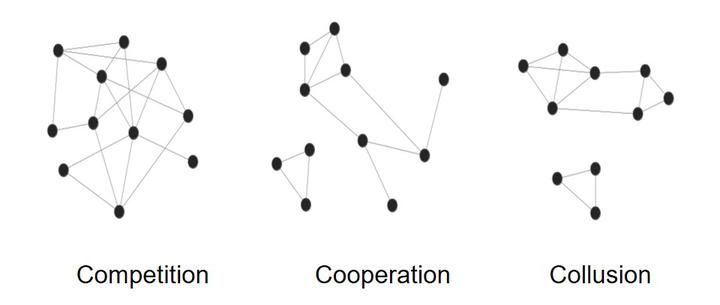Network similarity and collusion

Abstract
This study focuses on how collusive construction industry cartels structure their bidding patterns to increase their market shares, while preserving an illusion of competition. Using past research on the economics and social organization of bid-rigging and collusion, we examine a key issue related to similarities within bidding structures that are likely tainted by cartels. The study is empirically based on public procurement data to recreate the structure of interactions between construction industry firms in the province of Quebec (Canada) over a 12-year period (2002–2013). Cross-level multivariate analyses demonstrate that our indicator of similarities in bidding patterns, the Jaccard coefficient, is a positive factor of market shares, but particularly in cities that are targeted for collusive practices. We also emphasize the need to develop a monitoring system that allows researchers and analysts to track collusion patterns in various ways so as to prevent an increase of more sophisticated schemes and cartels.